Best Liver Transplant Surgeons in Artemis Hospital Gurgaon
 24 December,2025
Read More
24 December,2025
Read More
Starting From: USD 2646 - USD 3608
Intestinal PAD Visceral Artery Aneurysm Surgery is affordable in India. The cost of Intestinal PAD Visceral Artery Aneurysm Surgery in India lies between USD 2646 - USD 3608. The exact procedure price depends on multiple factors such as the surgeon's experience, type of hospital, severity of the condition, patient's general condition,�etc.
Peripheral Artery Disease (PAD) is a condition characterized by the narrowing or blockage of arteries, primarily in the legs, due to the buildup of fatty deposits. In some cases, PAD can also affect the visceral arteries, which supply blood to vital abdominal organs like the liver, spleen, and intestines. When PAD coexists with visceral artery aneurysms (VAAs) in the mesenteric vessels, it poses a significant risk to vascular health. VAA surgery is a specialized intervention aimed at addressing these complex conditions and preventing potentially life-threatening complications.
Visceral artery aneurysms (VAAs) are abnormal bulges or enlargements of the arteries that supply blood to the abdominal organs. While VAAs can occur in isolation, they can also coexist with other vascular conditions, such as Peripheral Artery Disease (PAD). When PAD affects the mesenteric arteries, which supply blood to the intestines, it can increase the complexity and severity of the vascular condition.
Surgery for visceral artery aneurysms in the context of PAD is typically considered in the following situations:
Surgical approaches for treating visceral artery aneurysms in the context of PAD may include:
Visceral artery aneurysm surgery, particularly when combined with intervention for PAD, offers several significant advantages:
As with any surgical procedure, there are potential risks associated with visceral artery aneurysm surgery, including infection, bleeding, graft blockage, and complications related to anesthesia. Additionally, the decision to proceed with surgery should be based on a thorough assessment by the healthcare team, weighing the potential benefits against the risks for each individual patient.
Visceral artery aneurysm surgery in the context of PAD is a specialized intervention that addresses complex vascular conditions. By restoring blood flow and preventing the potentially life-threatening complications associated with untreated VAAs and PAD, surgery offers hope and restored health to those affected by these challenging conditions. With advancements in surgical techniques and post-operative care, visceral artery aneurysm surgery continues to be a vital component in the management of these complex vascular conditions.
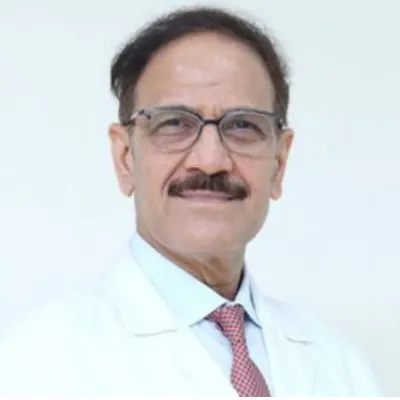
Chairman
Interventional Cardiologist
BLK-Max Super Speciality Hospital, New Delhi
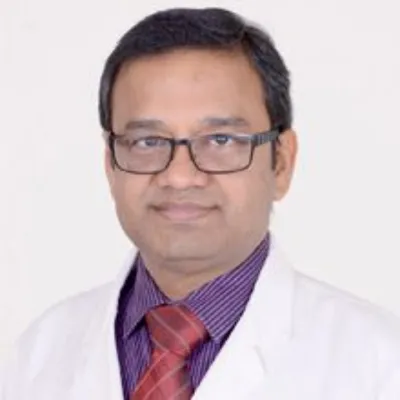
Director
Cardiologist, Interventional Cardiologist
Max Super Speciality Hospital, Saket, New Delhi
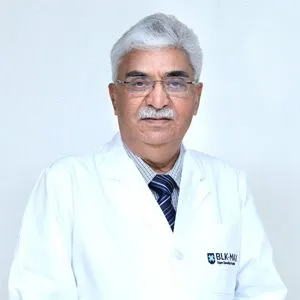
Chairman
Cardiac Electrophysiologist, Interventional Cardiologist
BLK-Max Super Speciality Hospital, New Delhi

Consultant
Interventional Cardiologist
Indraprastha Apollo Hospital, New Delhi
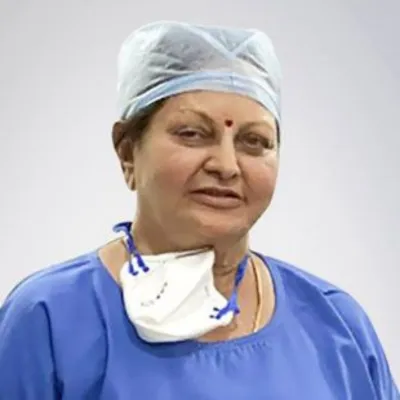
Head of Department (HOD)
Cardiologist
Nanavati Super Specialty Hospital, Mumbai
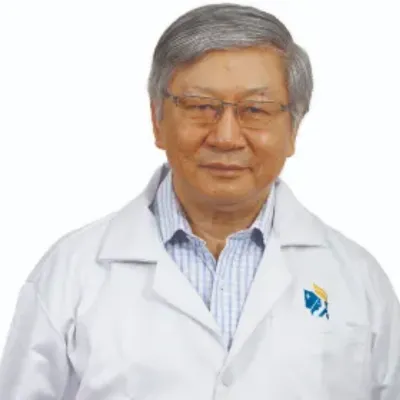
Consultant
Interventional Cardiologist
Apollo Hospital Chennai, Greams Road
Doctor of Pharmacy
Dr. Deepanshu Siwach is a skilled clinical pharmacist with a Doctor of Pharmacy degree.?He has 4+?years of experience and has worked with thousands of patients. He has been associated with some of the top hospitals, such as Artemis Gurgaon.
Dr. Deepanshu Siwach is a skilled clinical pharmacist with a Doctor of Pharmacy degree.?He has 4+?years of experience and has worked with thousands of patients. He has been associated with some of the top hospitals, such as Artemis Gurgaon....
Dr. Aseem Ranjan Srivastava is an experienced Pediatric Cardiothoracic Surgeon specializing in Minimal Access and Robotic Cardiac Surgery. He strongly recommends prompt corrective repair when possible....
The Art of Effective Communication
 24 December,2025
Read More
24 December,2025
Read More
 23 December,2025
Read More
23 December,2025
Read More
 17 December,2025
Read More
17 December,2025
Read More
 16 December,2025
Read More
16 December,2025
Read More
 10 December,2025
Read More
10 December,2025
Read More
 09 December,2025
Read More
09 December,2025
Read More